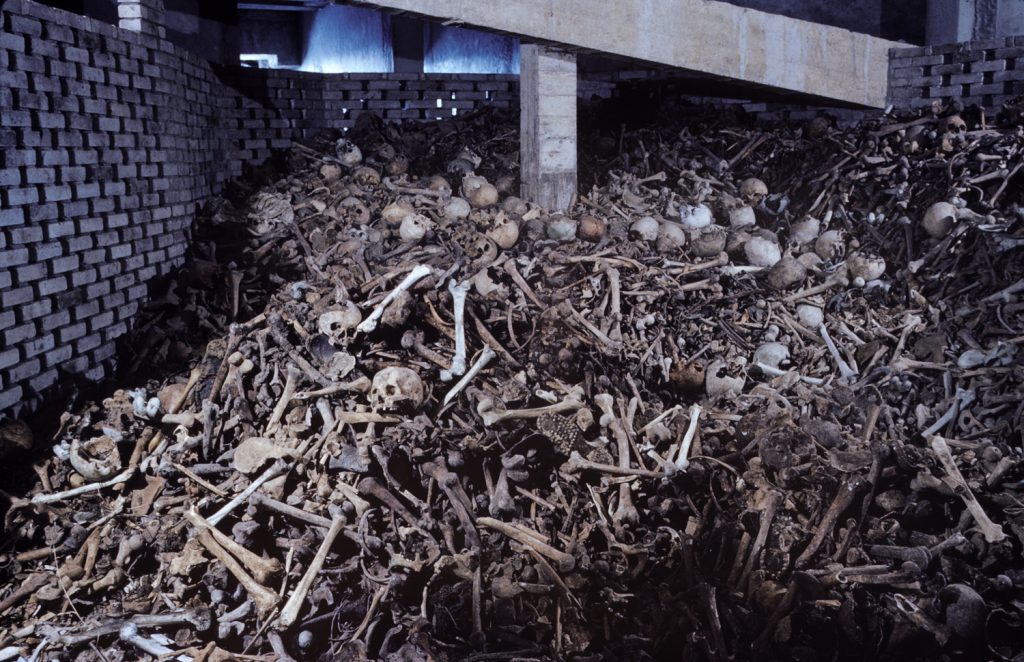Not many places in America have, for so long, been so dedicated to the pursuit of fun as the mile-long stretch along the southern edge of Brooklyn known as Coney Island. Luna Park, Astroland, the world-famous Cyclone roller coaster — for well over a century, these names helped define what amusement parks were, while their attractions and thrills still inform what summertime entertainment looks, feels and sounds like.
As the Cyclone advances further into its 10th decade of life — the wooden coaster opened for business on June 26, 1927 — LIFE.com presents a series of pictures that celebrate the unique, messy, vibrant energy of Coney Island. Even today, after so many years of, well, ups and downs, there’s no place else quite like it.
Liz Ronk edited this gallery for LIFE.com. Follow her on Twitter @lizabethronk.

Coney Island, New York, 1944.
Marie Hansen The LIFE Picture Collection/Shutterstock

The Coney Island Cyclone, 1944.
Marie Hansen The LIFE Picture Collection/Shutterstock

Coney Island, 1943.
Ralph Morse The LIFE Picture Collection/Shutterstock

Coney Island, 1949.
Andreas Feininger The LIFE Picture Collection/Shutterstock

Coney Island, 1943.
Ralph Morse The LIFE Picture Collection/Shutterstock

Coney Island, 1949.
Andreas Feininger The LIFE Picture Collection/Shutterstock

Coney Island, 1943.
Ralph Morse The LIFE Picture Collection/Shutterstock

The Gryro Globe ride, a metal monster which simultaneously spun and tilted its victims, Coney Island, 1949.
Andreas Feininger The LIFE Picture Collection/Shutterstock

Coney Island, 1949.
Andreas Feininger The LIFE Picture Collection/Shutterstock

Coney Island, 1943.
Ralph Morse The LIFE Picture Collection/Shutterstock

Coney Island, 1943.
Ralph Morse The LIFE Picture Collection/Shutterstock

Coney Island, 1943.
Ralph Morse The LIFE Picture Collection/Shutterstock

The Parachute Jump along the boardwalk at Coney Island, 1951.
Margaret Bourke-White The LIFE Picture Collection/Shutterstock

Coney Island, 1942.
William Vandivert The LIFE Picture Collection/Shutterstock

Coney Island, 1943.
Ralph Morse The LIFE Picture Collection/Shutterstock

Coney Island 1949
Andreas Feininger The LIFE Picture Collection/Shutterstock

Coney Island, 1942.
William Vandivert The LIFE Picture Collection/Shutterstock

Coney Island, 1949.
Andreas Feininger The LIFE Picture Collection/Shutterstock

Coney Island, 1942.
William Vandivert The LIFE Picture Collection/Shutterstock

























































































